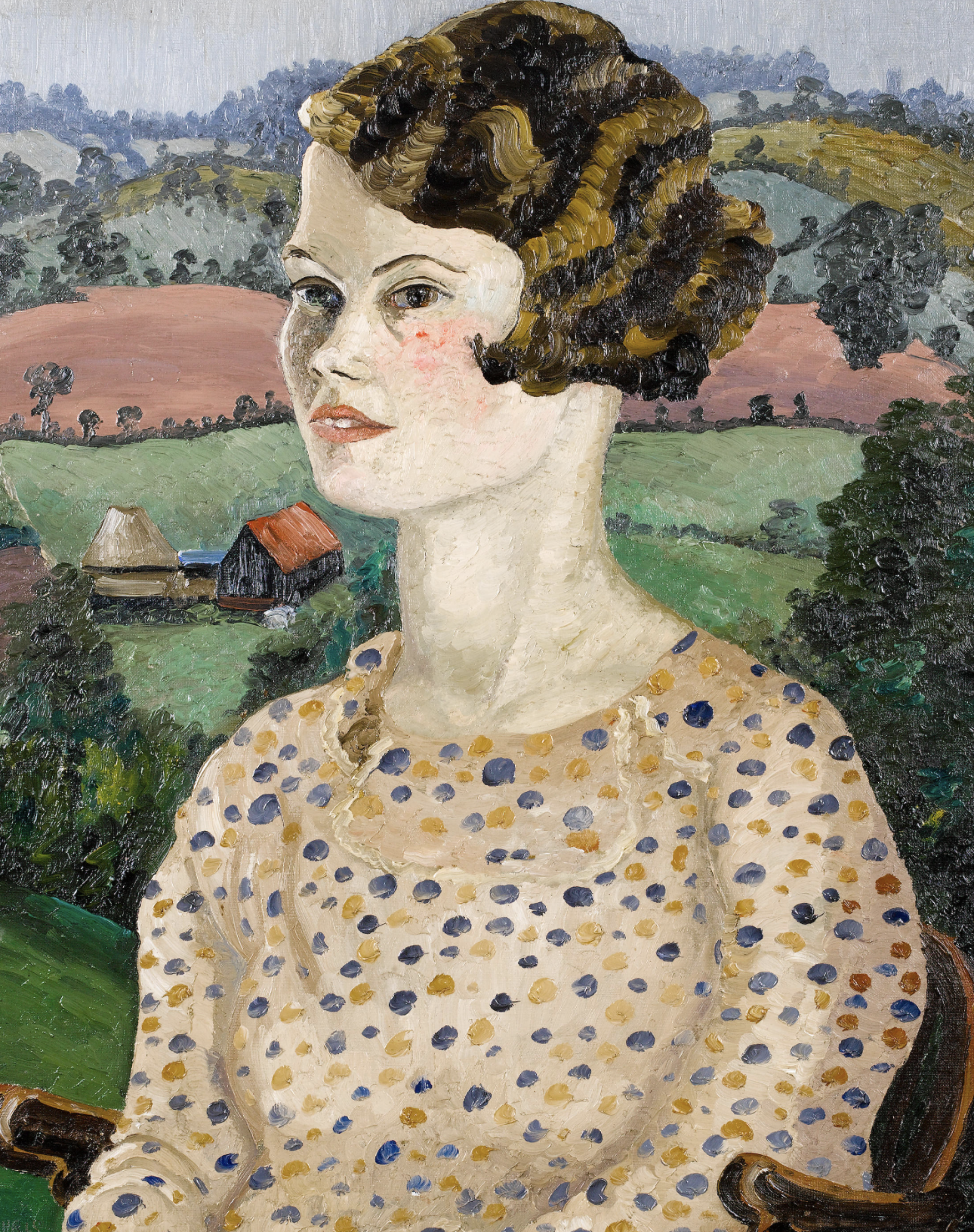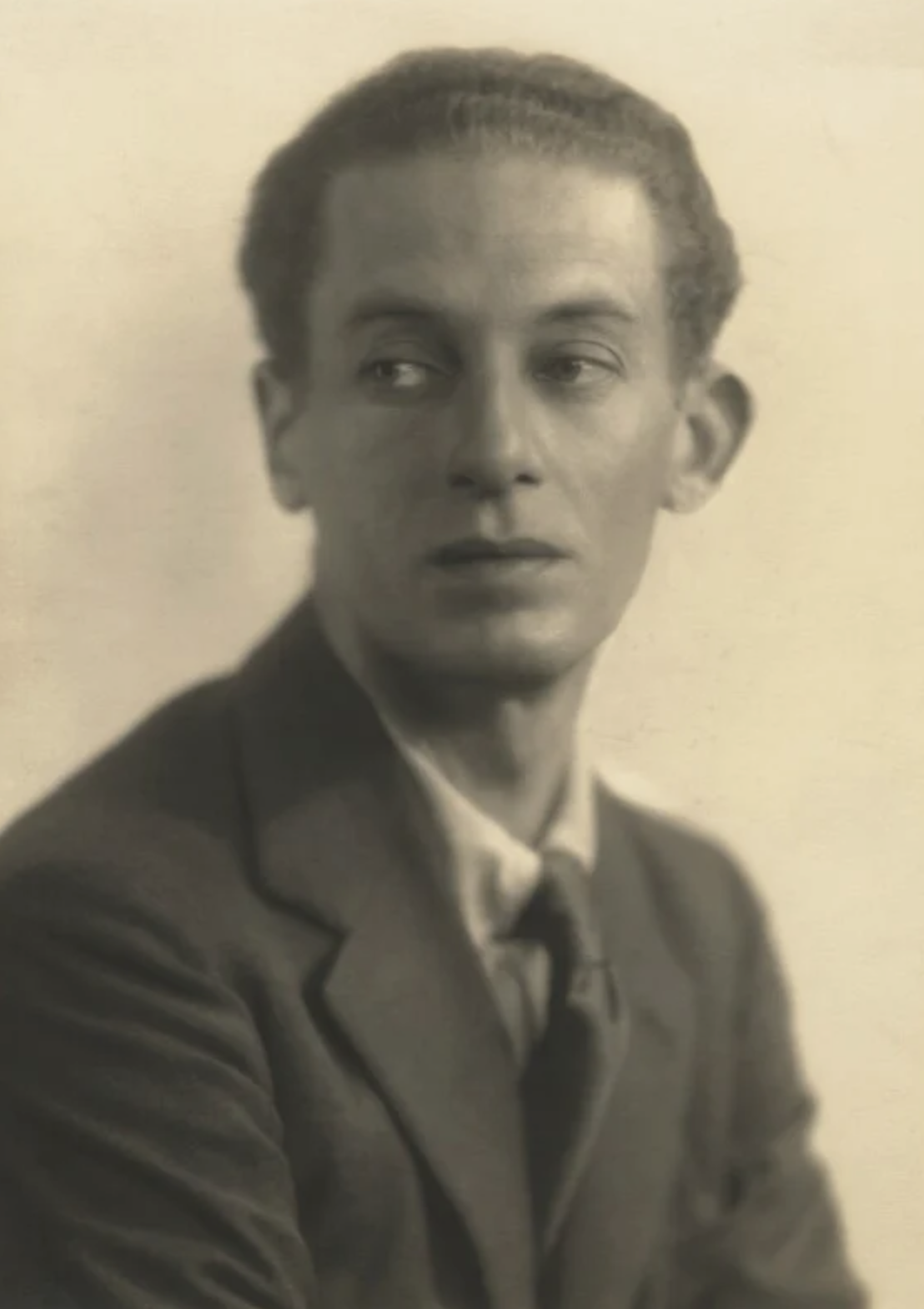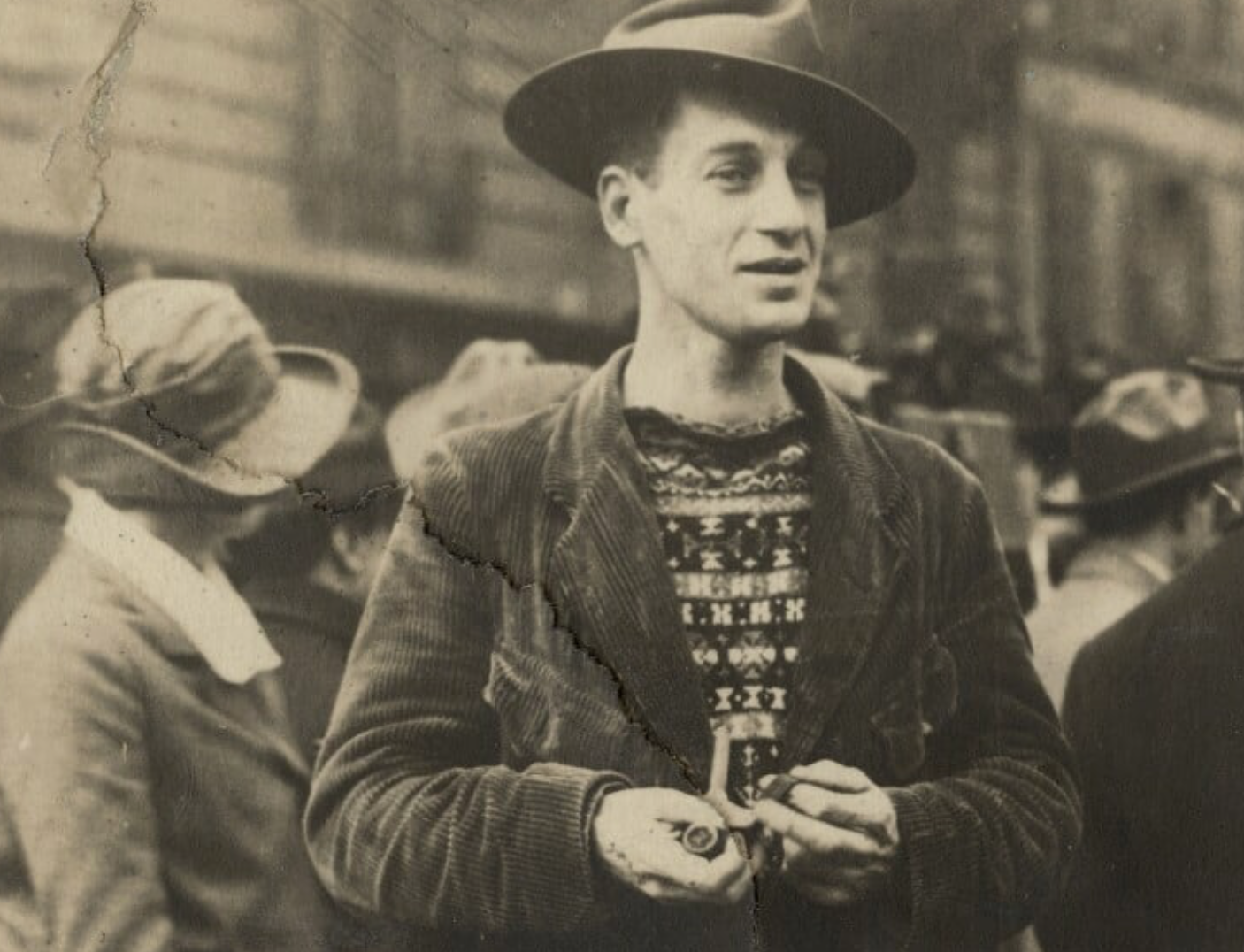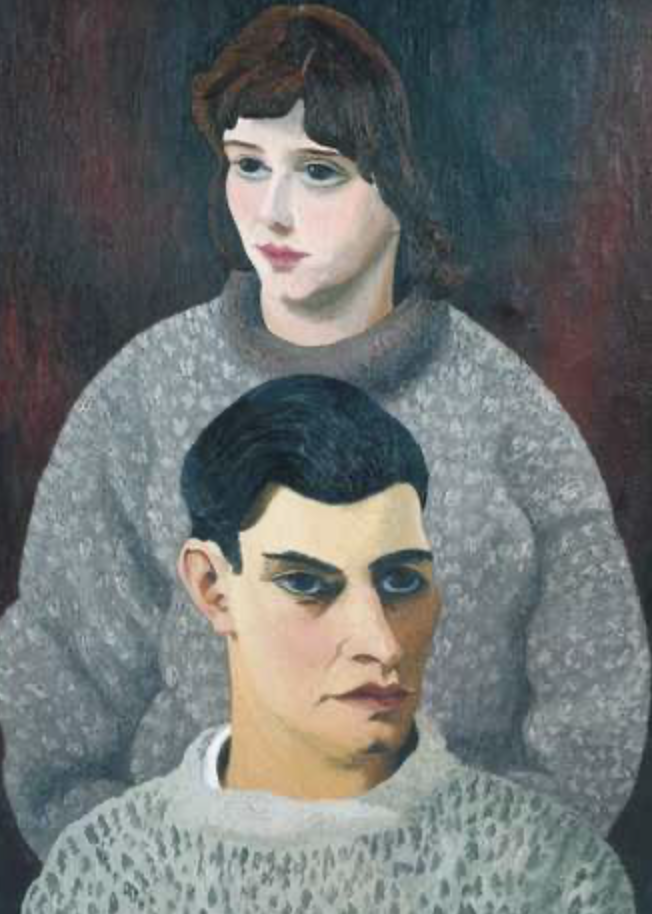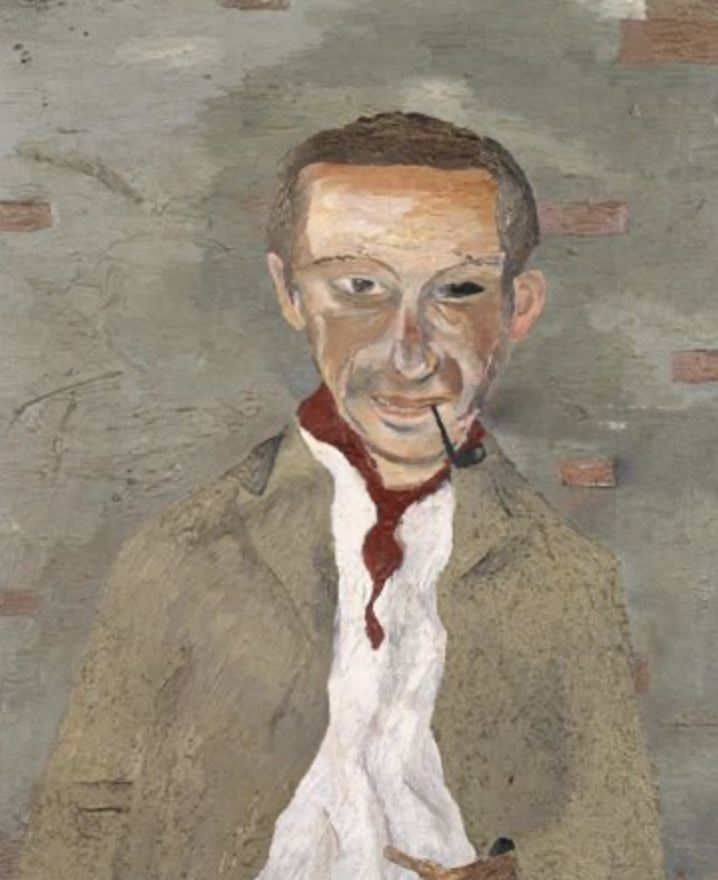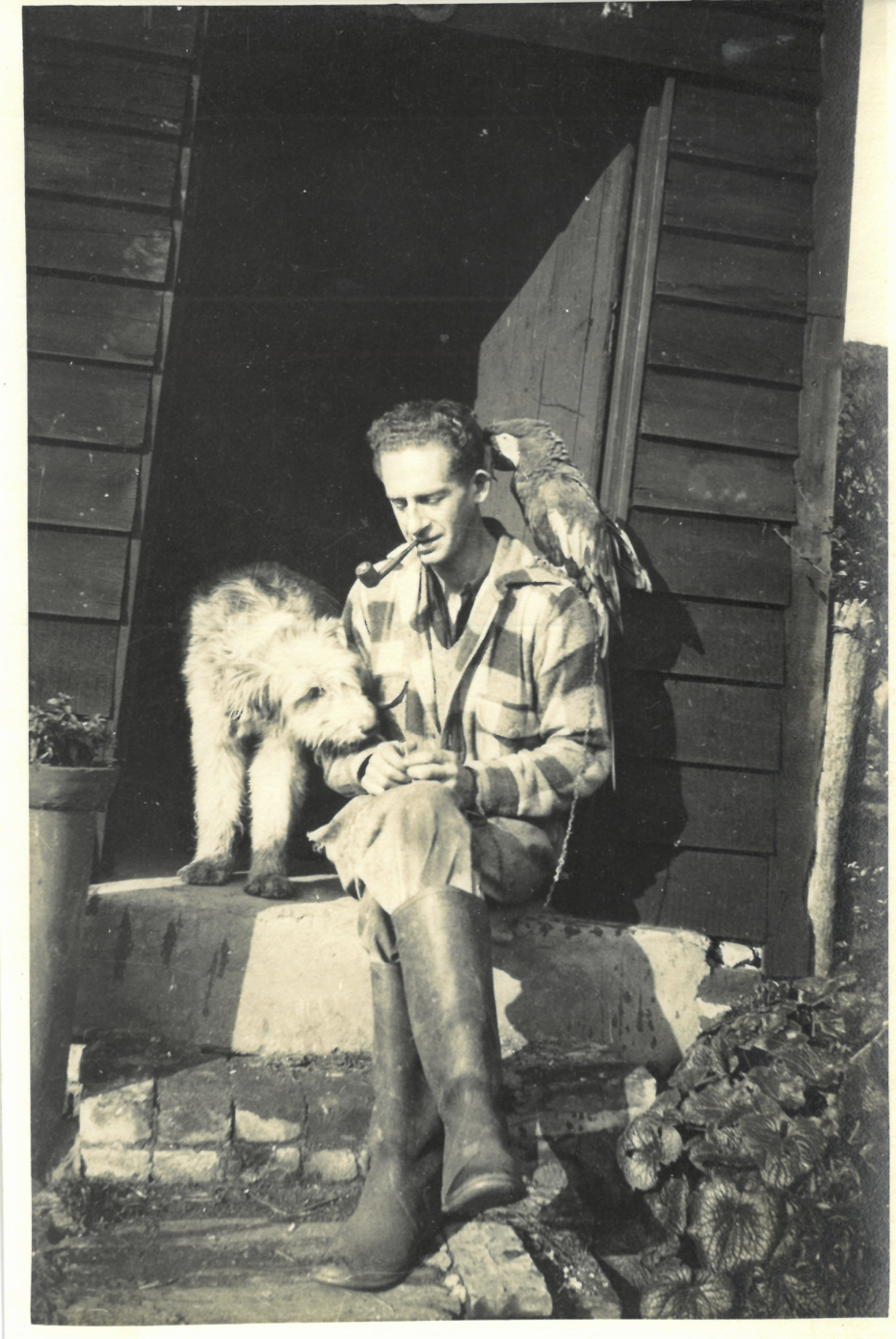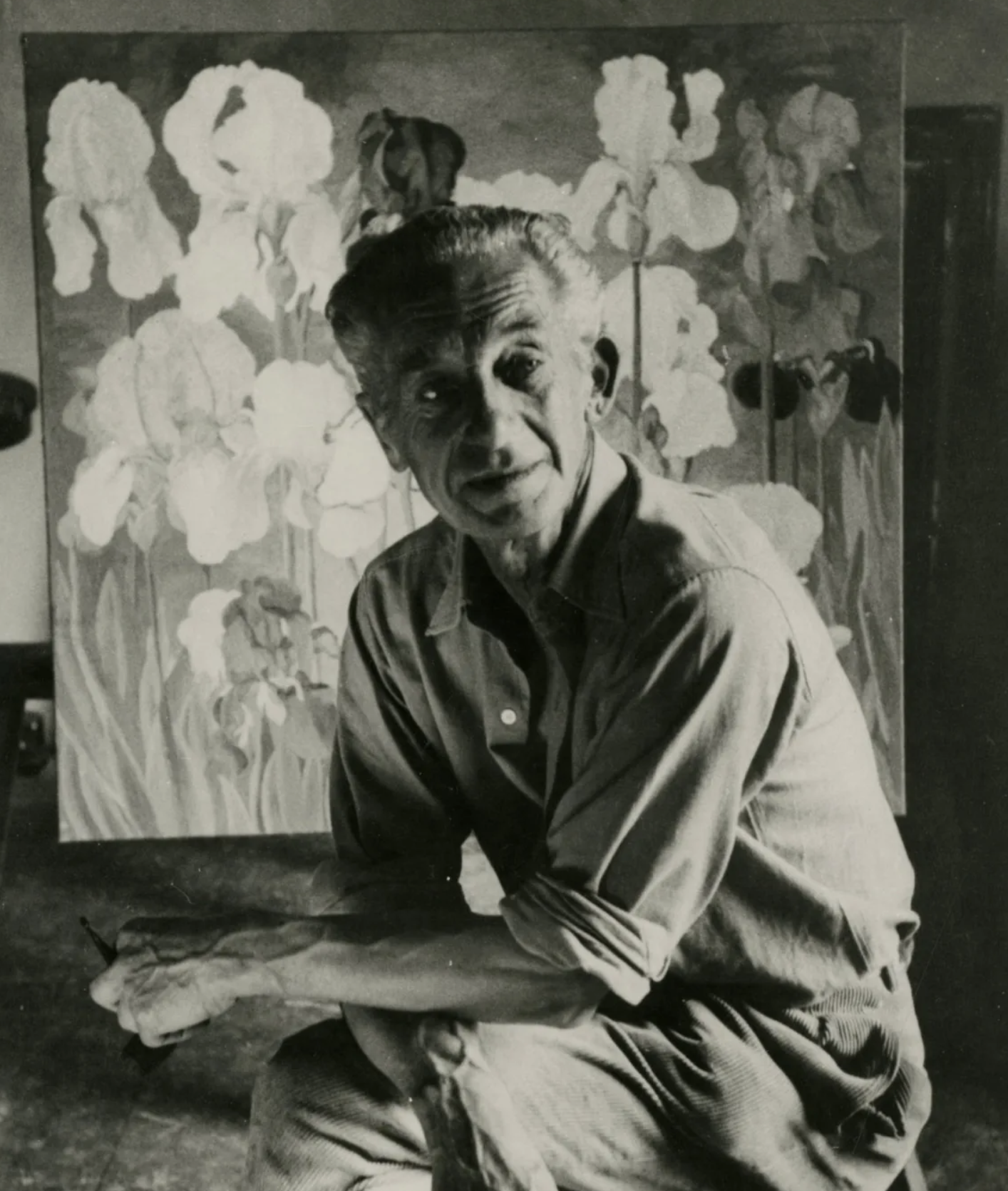
sir cedric morris
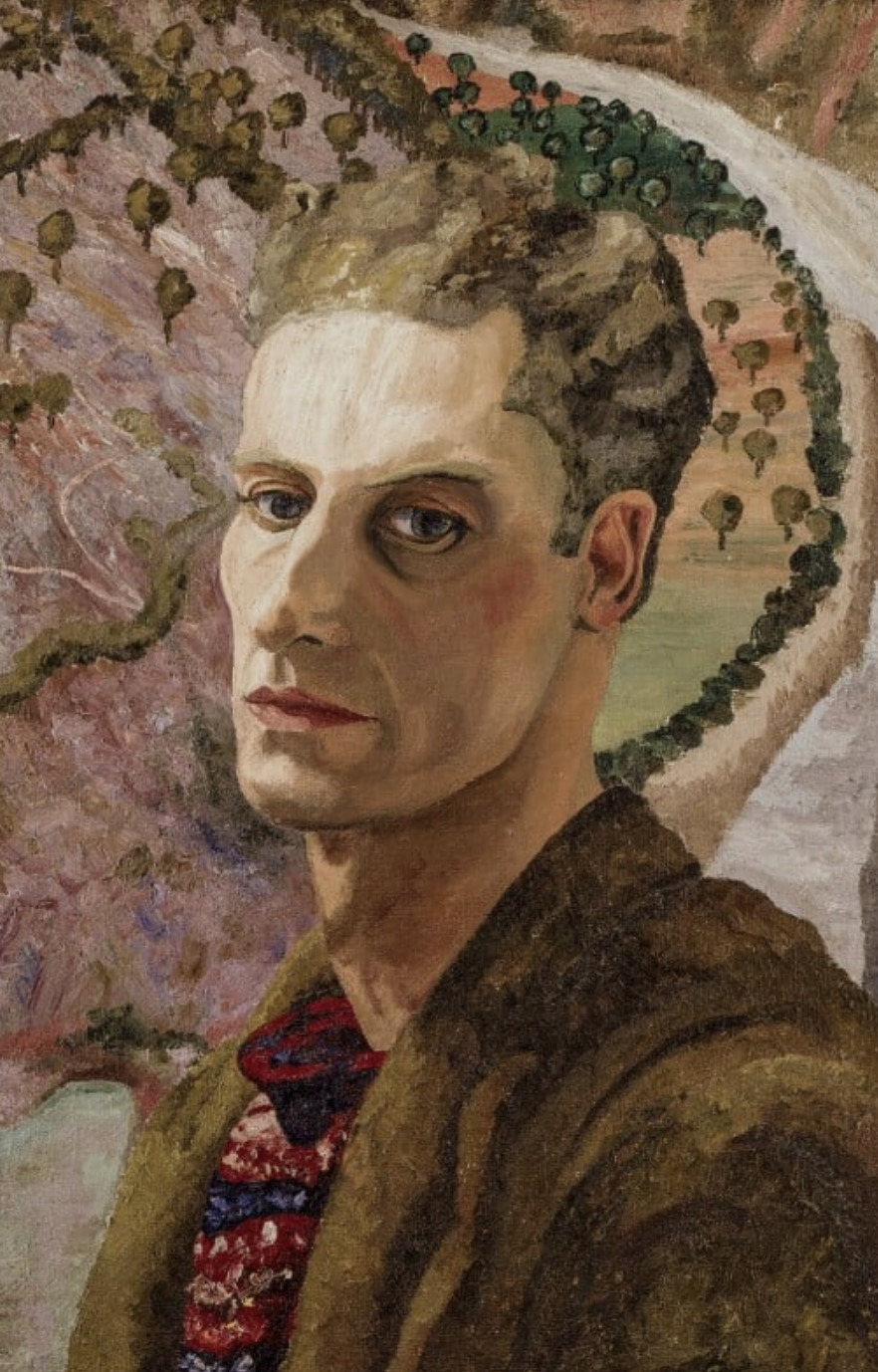
Shop the collection
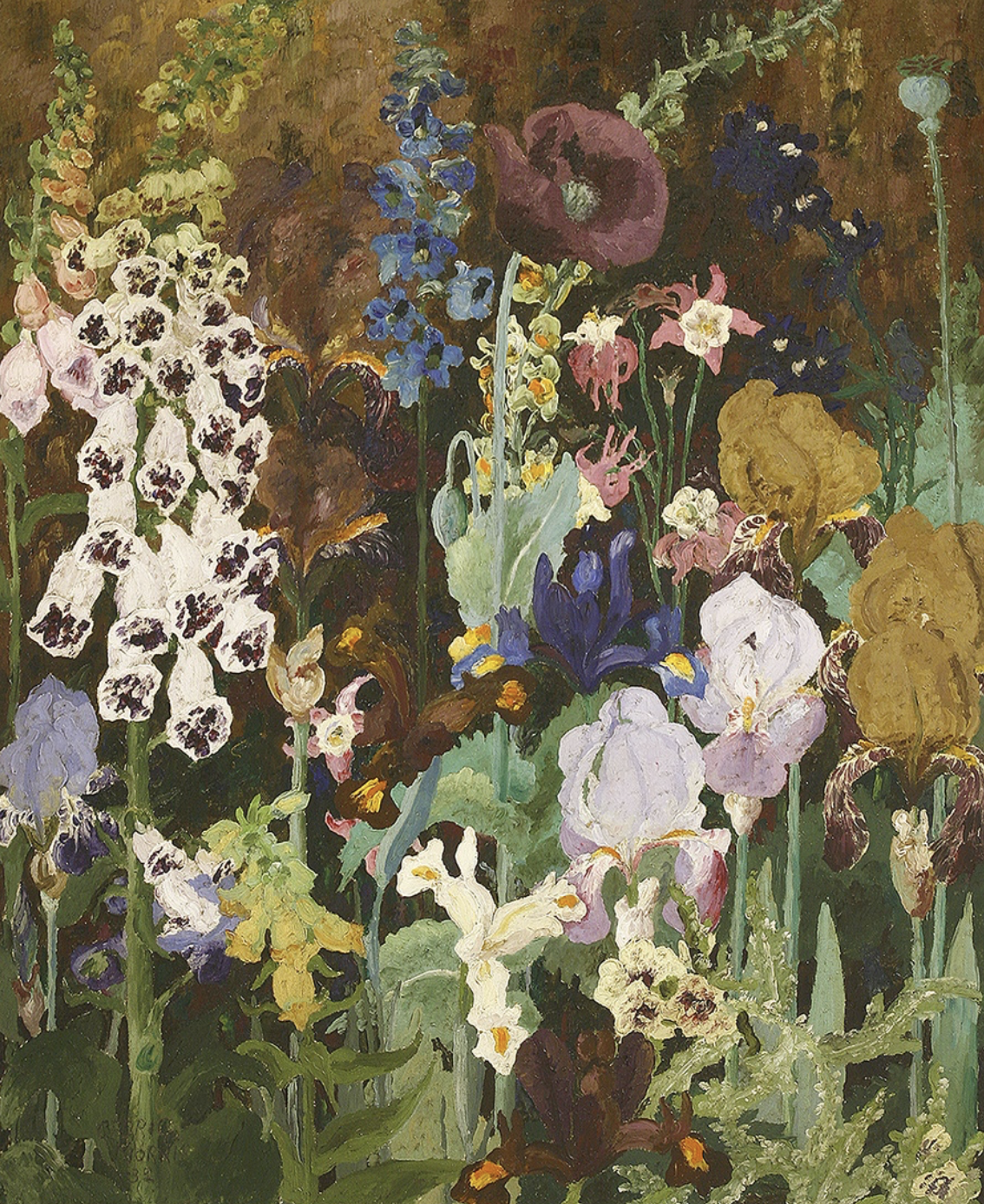
Early Life and Influences
Born in Sketty, Glamorgan, in 1889, Cedric Morris developed an early fascination with form and structure. As a child in Wales, he and his sister would visit local country shows, correctly predicting competition winners based on their "poise and balance." This keen eye for natural elegance would later define both his painting and his approach to breeding plants, particularly irises.
His distaste for overly manipulated, hybridized flowers reflected his artistic philosophy—favoring purity, simplicity, and essential form over artificial embellishment.
An International Career
In the 1920s, Morris traveled and painted extensively in Paris, the Dordogne, Italy, and North Africa. He became a member of the London Group and held several solo exhibitions in London during the 1930s.
In 1936, he co-founded the East Anglian School of Painting and Drawing with Arthur Lett-Haines, serving as its principal for three decades. The school, located in Dedham, Essex, attracted students from around the world, offering them an environment of artistic freedom and inspiration.
Beyond painting, Morris played a key role in the Colchester Art Society, which he founded in 1946. He also lectured in design at the Royal College of Art from 1950 to 1953.
Painting Style
Sir Cedric Morris was never interested in creating traditional, picturesque compositions in his paintings—just as he avoided strict formality in his celebrated gardens. Instead, he painted with a deliberate flatness, carefully balancing form, colour, and rhythm to achieve a unique visual harmony.
His early works were exuberant, almost embroidered with flowers due to their rich tapestry of colour. Over time, his compositions became more precisely structured, though his technique remained largely unchanged for forty years. Each element within his canvases was meticulously placed, reflecting his deep understanding of balance and composition.
Working Methods and Materials
Morris worked exclusively in oils, applying paint evenly with a thick, consistent texture. He mixed every shade meticulously on his palette before applying it in bold, controlled strokes. His method was distinctive—starting at the top of the canvas and systematically working downward, filling in background and foreground as he went.
This process, which he likened to "pulling down a blind," allowed him to maintain precise relationships between shapes and colours without overworking or repainting any part. Once a painting was finished, it remained untouched, preserving its original crisp freshness and enamel-like clarity.
